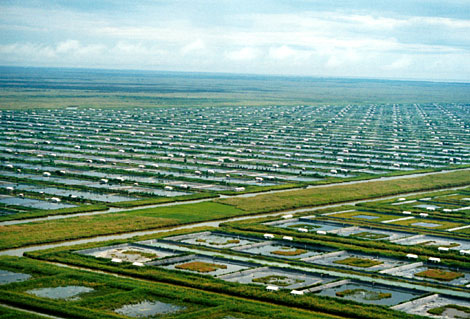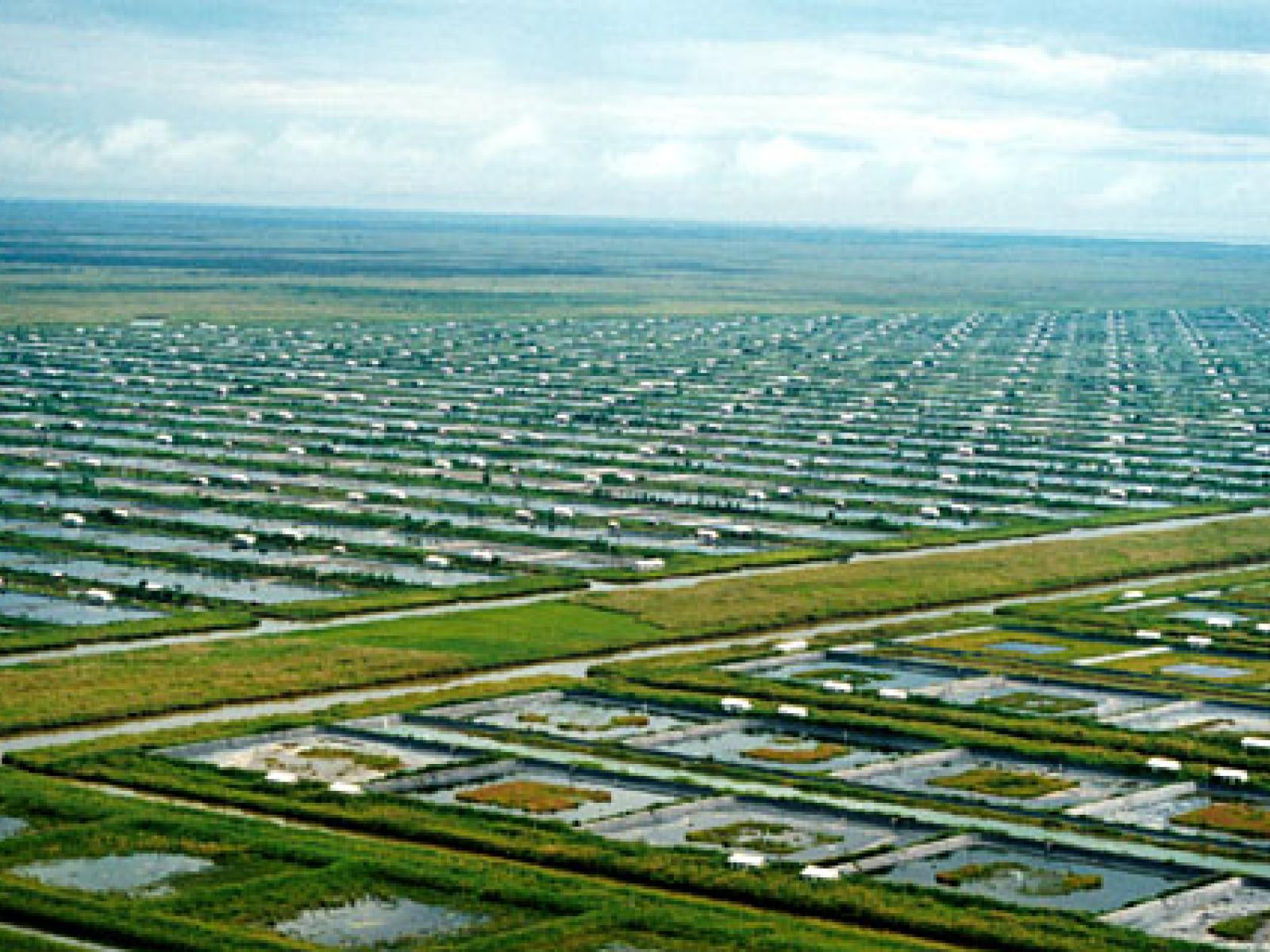An Overview Of Our Solution
- Population Impacted:
- Continent: Asia
Organization type
Population impacted
Size of agricultural area
Production quantity
People employed
Describe your solution
Describe your implementation
External connections
What is the environmental or ecological challenge you are targeting with your solution?
Describe the context in which you are operating
The global seafood shortage is apparent as the world’s population is expected to increase to 9 billion people in 2050. This means that all food production has to also double to meet the food security needs of future generations. The fisheries sector, and in particular aquaculture, has a huge potential to contribute most to the overall increase in seafood production. One-fifth of the world’s population is already dependent on fish for their primary source of protein. Farmed fish has already surpassed beef in worldwide consumption and more than 50% of fish and seafood consumed is already produced through aquaculture. We can only expect these figures to increase further.
Aquaculture has changed the way people think about seafood production. There have been many commitments to prevent overfishing in the world’s oceans. Yet aquaculture not only prevents the degradation of natural fisheries, but it is also able to offer assurances in terms of its production output and nutritional quality through the adoption of carefully controlled environments, thus ensuring both economic and environmental sustainability.
Aquaculture not only contributes to global food security, but it also provides much needed social and economic development to rural regions, by offering the communities better livelihoods and improved standards of living. Aquaculture operates within controlled parameters which also means that there is less wastage and less harm caused to the natural environment.
How did you impact natural resource use and greenhouse gas emissions?
Language(s)
Social/Community
Water
Food Security/Nutrition
Economic/Sustainable Development
Climate
Sustainability
Initial funding is required from private investors or public agencies for the start-up of the farm operations, following which market-based revenue is generated from the sale of the farmed shrimp, which sustains the production or to be reinvested for expansion of the operations.
Return on investment
Entrant Banner Image

